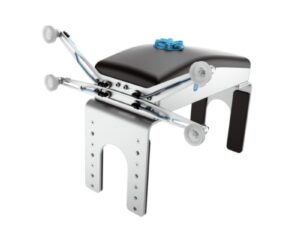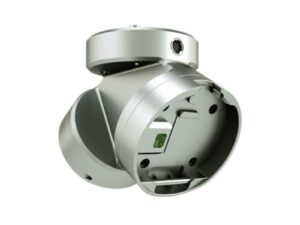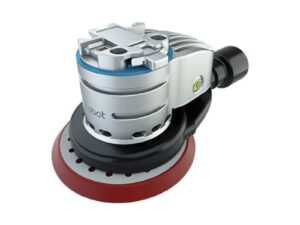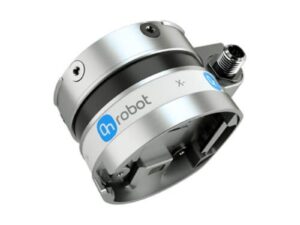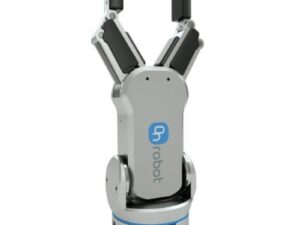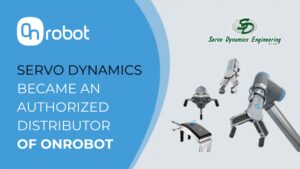News, Industrial Automation, Solutions
Robots’ Hands: What is End-of-Arm Tooling (EOAT)?
If you’ve ever heard about collaborative robots, you’ve likely come across the term “end-of-arm tooling” or “EOAT.” While robots often get all the credit for boosting efficiency, it’s the EOAT that truly unlocks their full potential. Think of it this way: a robot arm is powerful, but without the right “hand,” it can’t do much. EOATs are the unsung heroes of automation.
WHAT IS END-OF-ARM TOOLING (EOAT)?
End-of-arm tooling (EOAT), also called an end effector, is simply a tool or device attached to the very end of a robot arm. It’s how the robot interacts with its surroundings and performs specific jobs. In simple words, it’s the robot’s “hand,” allowing it to grip, hold, assemble, weld, or do many other tasks.
These “hands” come in various forms, like grippers, vacuum lifters, welding tools, or other specialized equipment designed for a particular use. They can be powered by different methods, including hydraulics, air pressure (pneumatics), electricity, or even magnets.
KEY FUNCTIONS OF END-OF-ARM TOOLING (EOAT)
EOAT gives robots the ability to interact with objects and complete various tasks. Here’s how:
- Grabbing and Holding: EOAT includes grippers and other devices that let robots pick up, hold, and move objects with different amounts of force and accuracy.
- Performing Tasks: EOAT allows robots to do a wide range of jobs, such as moving items from one place to another (pick-and-place), handling materials, assembling products, welding, painting, packaging, and even inspecting items for quality.
- Interacting with the World: With EOAT, robots can work in their environment and handle tasks that would normally need a person to do them.
- Customization: EOAT can be specially made to fit specific needs and industries, making it a flexible solution for many automation goals.
- Boosting Automation: EOAT is vital for automation, enabling robots to do tasks quickly, precisely, and consistently.
TYPES OF END OF END-OF-ARM TOOLING FOR ROBOTS
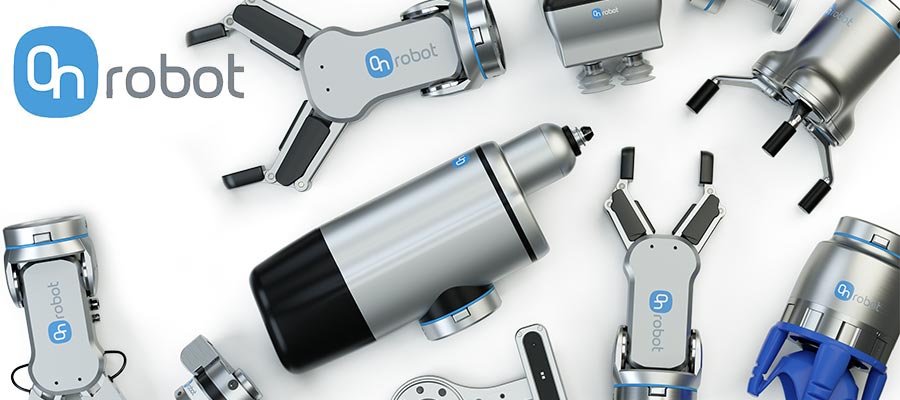
There are many types of EOAT on the market. Below is a list of the most common types of EOAT for collaborative robots.
GRIPPERS
Grippers are a very common type of EOAT, used for grasping objects. They’re especially useful for assembly work and “pick-and-place” tasks.
-
Mechanical grippers
These grippers use mechanical “fingers” to handle objects, often looking like a crab’s pincers. They usually have adjustable force and movement, allowing them to perform tasks with human-like precision. Most mechanical grippers have two to four fingers, which are usually replaceable.
-
Vacuum grippers
These grippers use suction cups to pick up items, and they’re great for handling objects with uneven or irregular shapes. Older models needed an external air supply, which was costly to maintain. Newer ones use electricity, cutting down on costs, noise, and dust.
-
Adhesive grippers
Instead of holding objects, these grippers pick them up by sticking to them. They’re typically used for lightweight items like fabrics. While traditional adhesive grippers can lose their stickiness over time, some newer designs, like OnRobot’s Gecko gripper, use advanced technology (like the forces that let geckos climb) to maintain their grip without relying on sticky substances. This shows just how far robot technology has come!
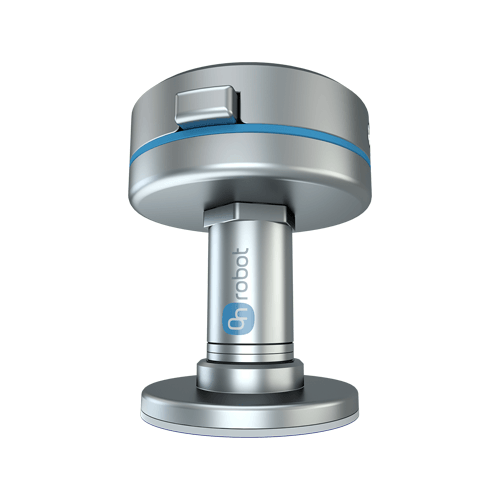
SENSORS
Sensors give your robot a “sense of touch,” expanding what it can do. By adding a sensor, your robot can handle fragile objects and perform delicate tasks that would usually require a human’s finesse.
-
Collision sensors
These are designed to protect both human workers and the robot itself if it bumps into something. If a collision happens, the sensor either shuts down the robot arm or resets it to its starting position to prevent further damage.
-
Force/torque sensors
These provide accurate measurements of force and torque, giving you complete control over your robot’s movements. This allows you to automate even complex processes. Some even include built-in collision control, removing the need for a separate sensor.
TOOLS
When it comes to tools as end effectors, there’s a vast range of possibilities. In manufacturing, some common tools include shears, drills, welding torches, paint guns, and deburring tools. Many companies combine their tools with a sensors for better control over the production process.
TOOL CHANGERS
Tool changer systems make robotic automation more flexible by allowing operators to quickly and easily switch between different tools. For example, you can swap a welding gun for a spray gun with just a few clicks. Newer tool changers are designed to be lightweight so they don’t impact the robot arm’s lifting capacity. Some grippers even have tool changers built right in.
As you can see, EOAT is essential for improving processes. While robot arms are undeniably crucial, true gains in productivity and quality won’t happen without at least one EOAT in the picture. The good news is that both robot arms and EOAT are now more affordable, making automation accessible to businesses of all sizes almost immediately.
Source: https://onrobot.com/
Onrobot is a leading brand in providing gripping solutions and end-of-arm tools (EOAT) for collaborative robots (cobots). OnRobot’s innovative products — including grippers, sensors, and tool systems — are designed to boost productivity and efficiency across applications such as assembly, packaging, and material handling. Their user-friendly solutions enable quick integration with various robot platforms, making automation more accessible across industries ranging from manufacturing to logistics and beyond.
Explore Onrobot Products
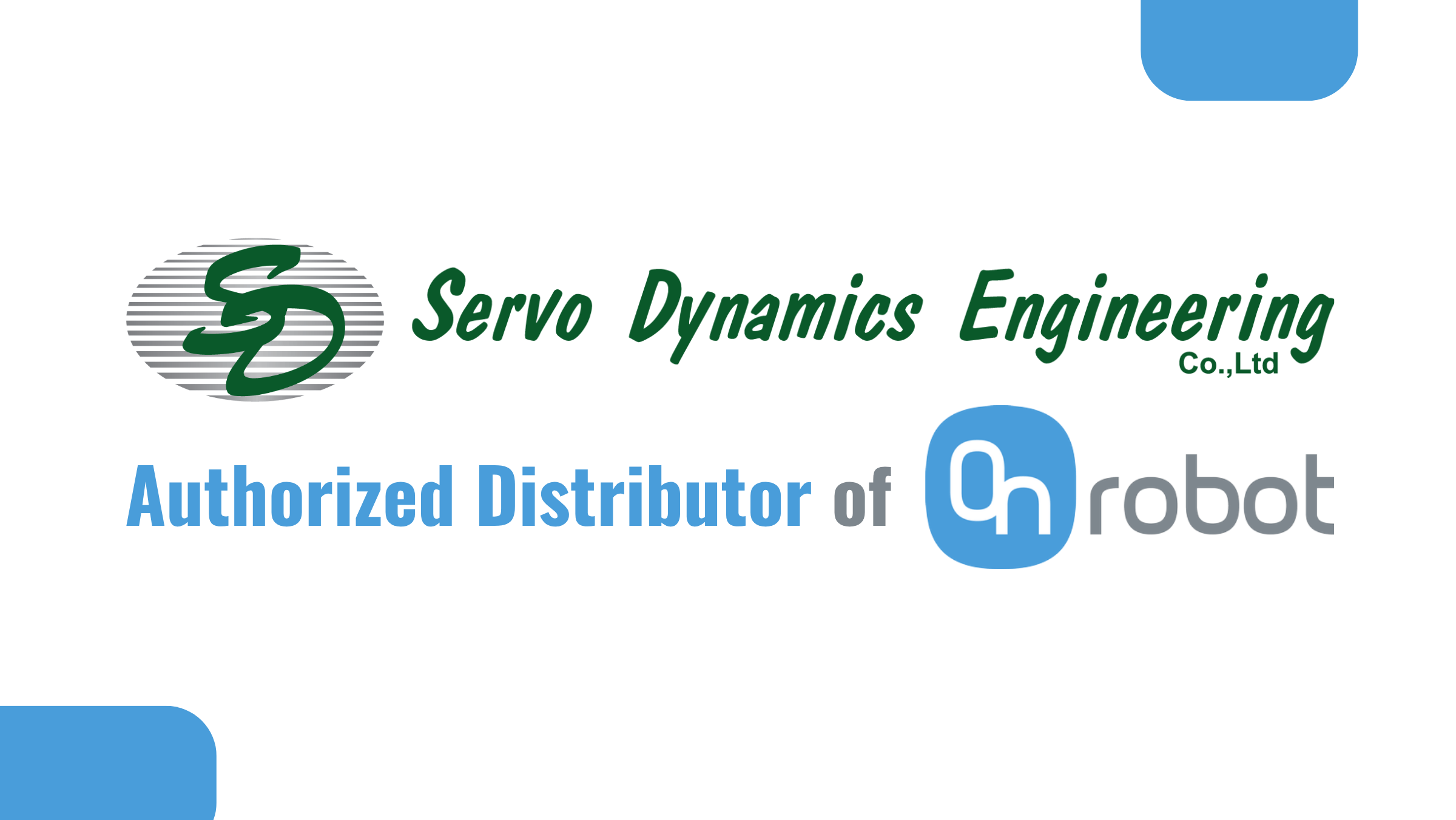
SERVO DYNAMICS – AUTHORIZED DISTRIBUTOR OF ONROBOT IN VIETNAM
Servo Dynamics is the official distributor of OnRobot in Vietnam, offering a complete range of advanced EOAT products and solutions. We provide consulting, deployment, and technical training services to help businesses effectively integrate collaborative robots. Contact us today to explore the best solutions from OnRobot.
Learn More

 Tiếng Việt
Tiếng Việt

